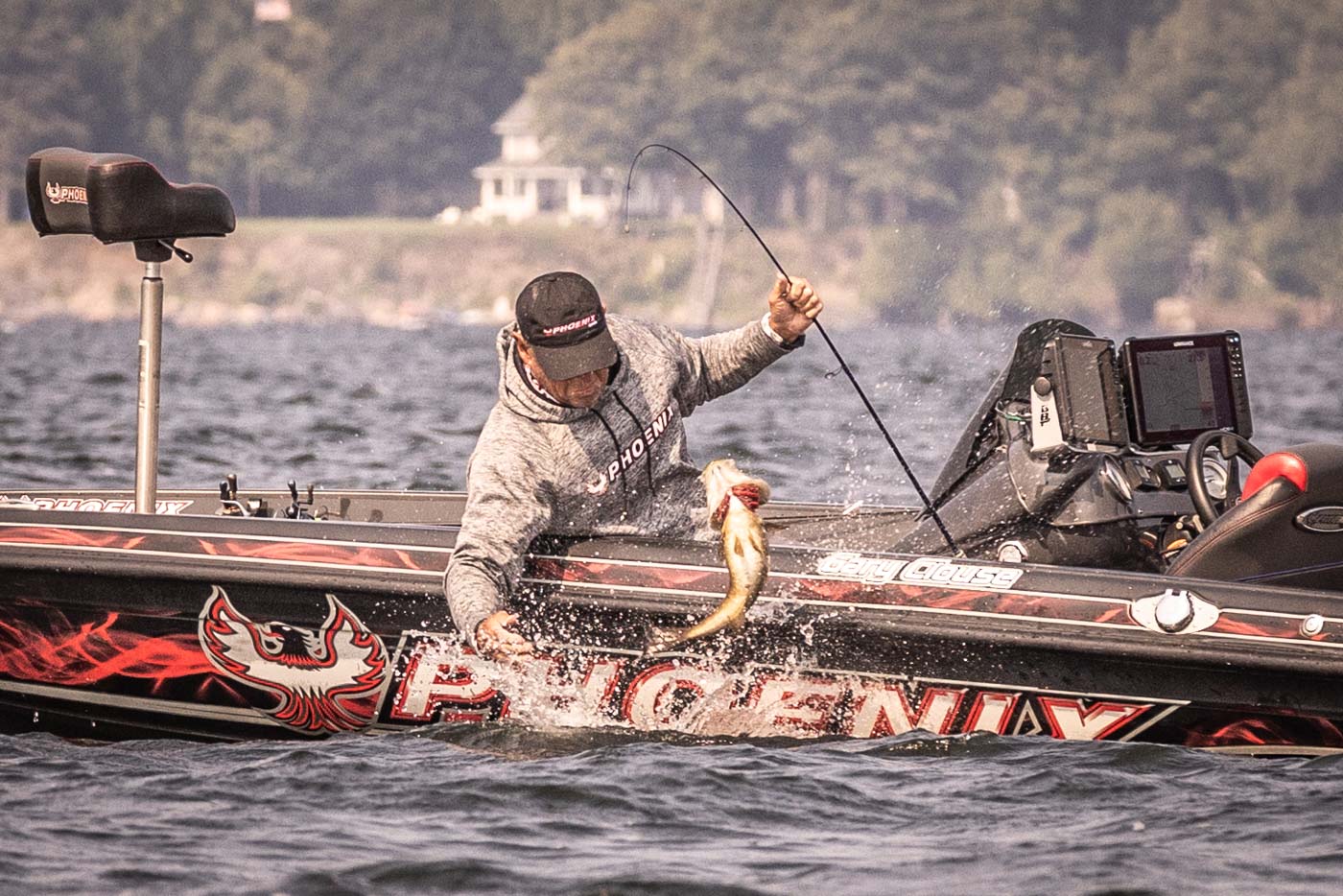
Good fishermen have good tackle. They understand structure fishing and are good technicians on the water.
But man, whether it was years ago with or without sonar or today with forward-facing sonar (FFS), being able to see what’s happening under the water remains a huge factor to angling success.
Roll back the clock to when Shaw Grigsby was dominating in bed fishing tournaments. That man and others like him not only could see fish well, but could note their movements and behavior better than most, and that’s why they dominated.
They did it with their eyes.
In addition, “The Flogger,” a manual device that allows you to lean over the side of the boat and see bass on deep beds, opened up more sight fishing opportunities in lakes where bass spawn in depths beyond the naked eye.
You could see them with the Flogger.
Then, when bass tournaments began discovering the quality smallmouth living in northern lakes, eagle-eye vision paid off handsomely. Not only could anglers see those smallies swimming around in that clear water, but they could make pinpoint casts and make them bite.
Those skills remain critical today, but the advent of sonar that allows us to see what’s beneath the boat and around it has added another dimension to what we can do.
And with FFS, we are sight fishing everywhere. We not only see the fish but how they react to our lures. We can now tell whether a fish is interested or we need to make adjustments in lure color, size and presentation.
Catch rates and weights have gone up, and it’s not because there are more fish in the lakes. We’re just getting better at catching them because we have better vision of what’s going on under the surface.
But again, having FFS or any of the other latest electronic advancements doesn’t put fish in the boat. You still have to use your eyes – and your brain – to get the more stubborn fish to bite.
As good as electronics are, you still have to guess whether the fish you’re seeing on the screen are bass or other species.
I’ve alleviated that problem this year by incorporating an AquaVu underwater camera in my fishing. When I see fish on the electronics I drop the camera down to them. The camera is connected with an HDMI cord directly to my Lowrance 12 and helps me determine the species of gamefish and the kind of baitfish they are around.
One has to wonder where this technology will go from here. Are we headed to a small camera attached to our fishing line that allows us to see bait and fish around our lures?
That may sound crazy, but if you told me 20 years ago we’d have the equipment we have today, I would have thought that was crazy too.
I realize today’s equipment has become controversial. Frankly, it’s not going anywhere; it’s here to stay. I’m all for it.
Of course, fish managers may be required to make some adjustments in regulations for panfish and other species that are being kept and filleted in record numbers. However, bass anglers are good stewards of their fishery, and I believe that their strong catch-and-release principles are enough to protect those fish regardless of what kind of technology comes along.





